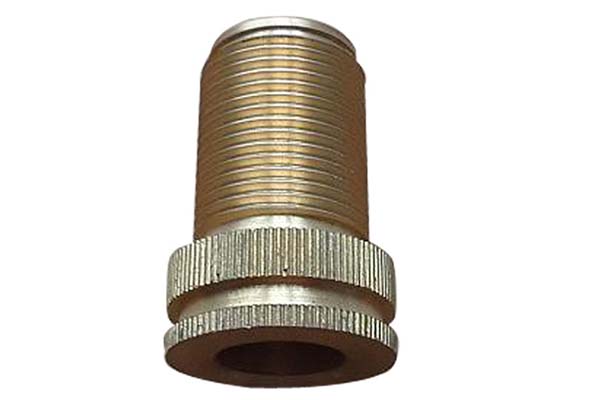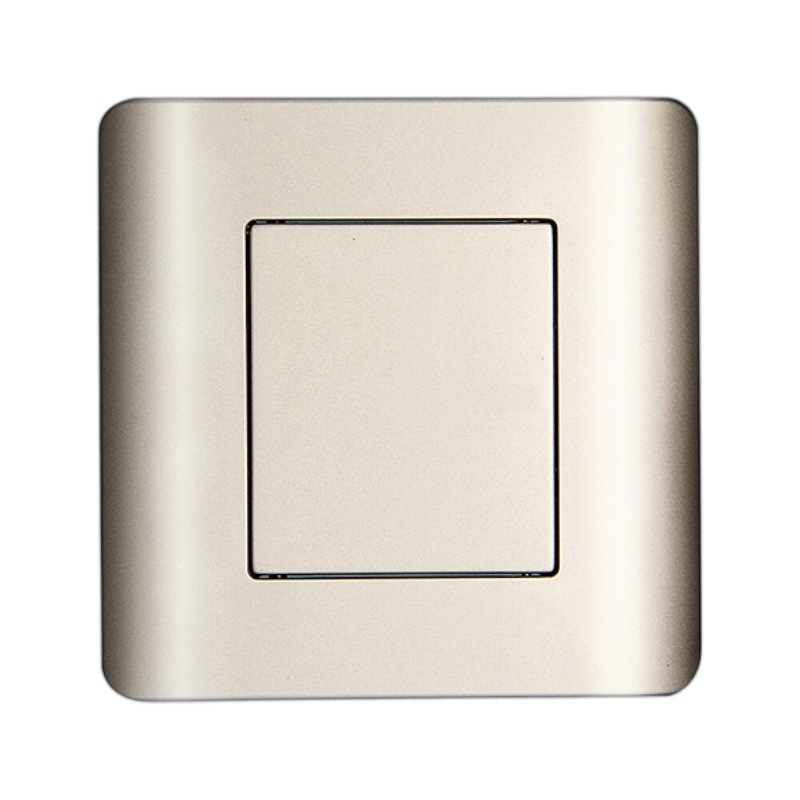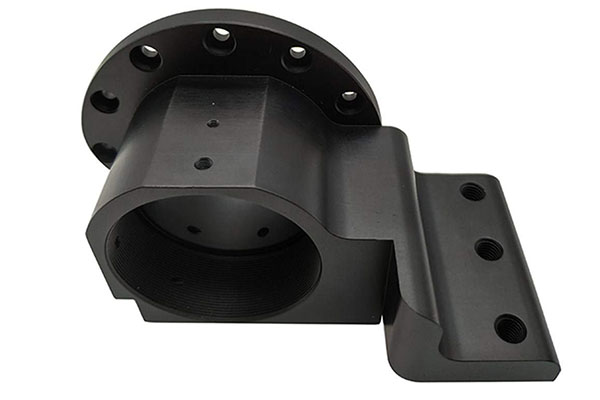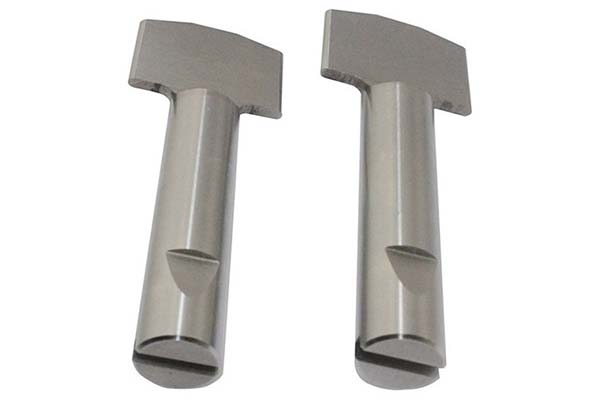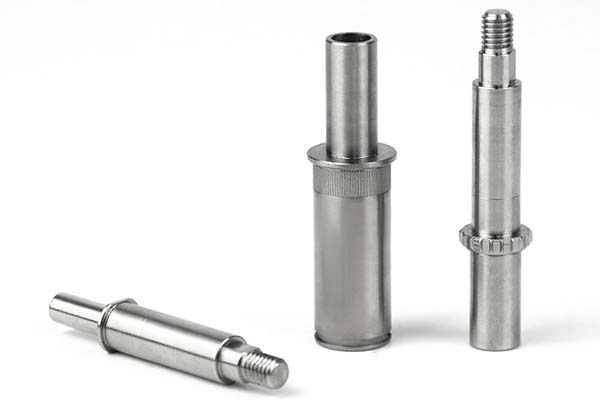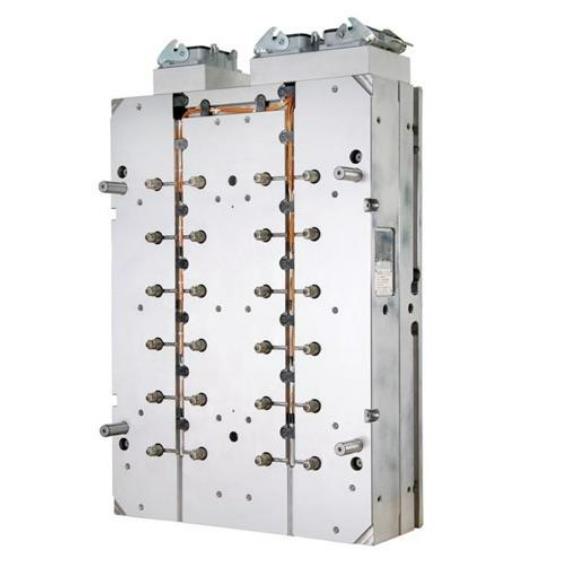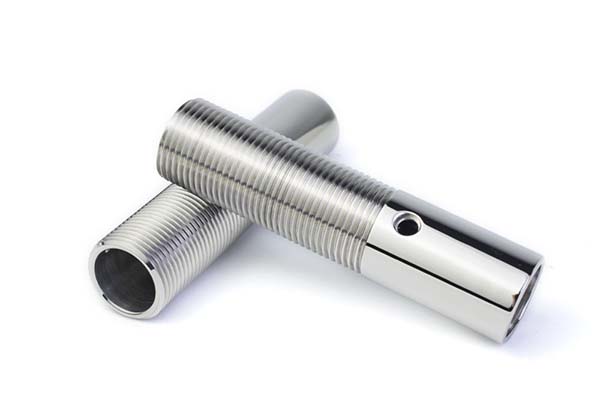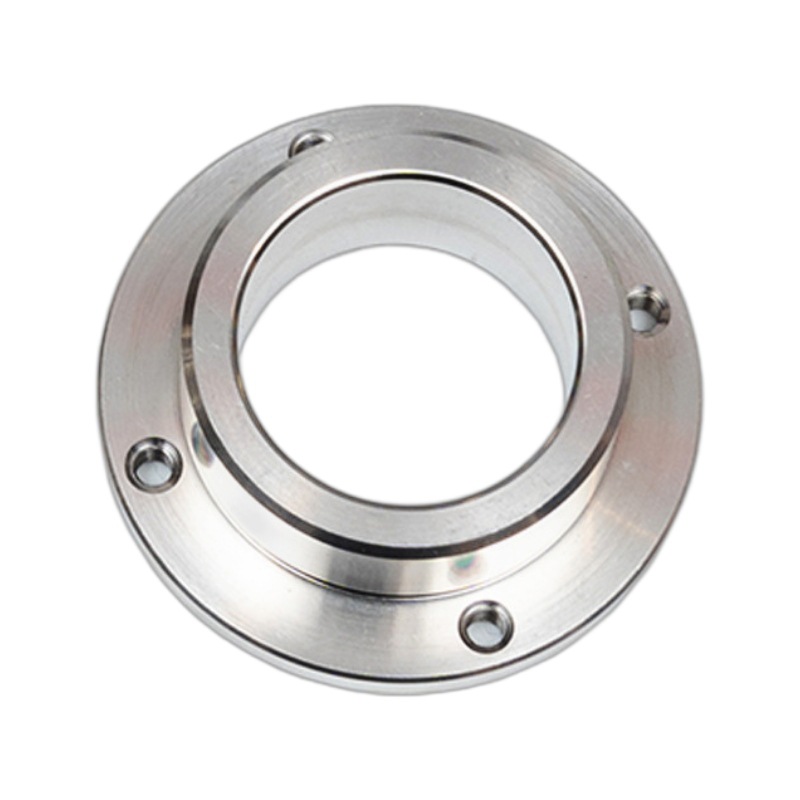Introduction
Manufacturers working with high-strength alloys often face a frustrating paradox: materials that offer excellent mechanical properties frequently come with poor machinability. This is especially true for C48500 leaded high-strength brass—a material prized for its 85–95 ksi tensile strength and marine corrosion resistance, yet notorious for causing excessive tool wear and surface finish inconsistencies during CNC machining. In this guide, we’ll address these challenges head-on, providing actionable insights into everything from alloy properties to optimal machining strategies, ensuring your production runs remain efficient and cost-effective.
Alloy Overview & High-Strength Properties
Core Composition & Mechanical Characteristics
C48500 composition is precisely engineered for balance: 60% Cu, 37.5% Zn, and 2.5% Pb creates a material that outperforms many alloys in critical metrics. Its mechanical profile is particularly impressive:
- Tensile strength: 85–95 ksi
- Yield strength: 45–55 ksi
- Hardness: 180–200 HB
- Density: 0.307 lb/in³
These properties make it significantly stronger than standard brasses while maintaining workability. When compared to C360 (a common free-machining brass), C48500’s machinability rating of 75 reflects its slightly more challenging nature—largely due to the abrasive effects of lead particles.
Corrosion Resistance Advantages
In marine environments, C48500’s marine corrosion resistance and dezincification-proof qualities are game-changers. Unlike lesser brasses that degrade when exposed to saltwater, its microstructure resists zinc leaching, ensuring components like valve bodies maintain integrity for decades. This makes it indispensable in offshore and shipbuilding applications where material failure could have catastrophic consequences.
CNC Machining Parameters & Techniques
Optimal Cutting Parameters
The key to successful machining lies in balancing speed and precision. Through extensive testing, we’ve determined these optimal ranges for C48500:
| Operation | Cutting Speed (SFM) | Feed Rate (IPR) | Depth of Cut (DOC) |
|---|---|---|---|
| Turning | 250–350 | 0.003–0.008 | 0.010–0.125" |
| Milling | 200–300 | 0.002–0.006 | 0.005–0.060" |
DOC optimization for high-strength brass follows a simple rule: use deeper cuts (0.060–0.125") for roughing to minimize pass count, then reduce to 0.005–0.010" for finishing. This strategy reduces tool engagement time while maintaining dimensional accuracy.
Chip Control & Coolant Strategies
Short brittle chips are characteristic of C48500 machining, but their tendency to scatter can damage tools and contaminate workpieces. A high-feed low-speed strategy (e.g., 300 SFM with 0.007 IPR) paired with high-pressure coolant (700+ PSI) effectively breaks chips and flushes them away.
For micro-milling thin-wall components (0.020" thickness or less), we recommend reducing speeds to 150–200 SFM and feeds to 0.001–0.003 IPR. This minimizes deflection while maintaining surface integrity—a critical factor in hydraulic manifold production.
Tooling, Edge Geometry & Coatings
Carbide Inserts & Endmill Selection
Micro-grain carbide inserts are non-negotiable for C48500. Their sub-micron grain structure (0.5–1μm) resists abrasion from lead particles far better than conventional carbide. We specifically recommend TiCN coating for Pb resistance—it forms a hard barrier (3000+ HV) that reduces tool wear by up to 40% compared to uncoated tools.
For milling operations, variable-helix endmills with polished flutes prevent chip buildup. A high-positive rake angle (12–15°) reduces cutting forces, while toolholder balance for high RPM (up to 15,000 RPM) ensures stability. Critical note: maintain runout < 0.0002"—even minor misalignment accelerates wear in this alloy.
Surface Finish & Post-Machining
Achieving Precision Finishes
With proper technique, Ra 0.1 µm turning is achievable on C48500. This requires:
- A sharp, polished insert (no visible wear)
- Feed rates below 0.002 IPR
- Flood coolant with 5–8% concentration
For mirror polish applications (common in hydraulic components), follow machining with a three-step process: 400-grit wet sanding, 600-grit diamond compound, and final buffing with rouge.
Post-Processing Steps
Deburring brittle chips is essential—these sharp fragments can cause injury or component failure. Ultrasonic cleaning with a pH-neutral detergent removes machining residues, while citric acid baths (5% solution, 60°C) eliminate oxides without damaging the surface. Finally, tarnish protection lacquer (acrylic-based) preserves finishes in storage or low-corrosion environments.
Applications & Industry Examples
Marine & Offshore Uses
C48500 marine valve bodies are a staple in luxury yachts and offshore platforms, where their dezincification resistance outperforms bronze alternatives. A recent case study with a North Sea oil rig showed these valves operating flawlessly after 7 years of continuous saltwater exposure—three times the lifespan of previous components.
Industrial Components
- High-pressure pump components: Withstand 5,000+ PSI in hydraulic systems
- Heavy-duty gearbox bushings: Handle 2,500+ ft-lbs torque in mining equipment
- Hydraulic manifold blocks: Maintain ±0.0005" tolerances in aerospace applications
In each case, CNC machining’s precision ensures tight fits that prevent leaks and maximize efficiency.
Yigu Technology's Perspective
At Yigu Technology, we’ve machined over 100,000 C48500 components for marine and industrial clients. Our expertise lies in optimizing toolpaths to counteract lead-induced wear—using proprietary coolant mixtures and adaptive feed strategies that extend tool life by 35%. We validate every batch with tensile testing and surface profilometry, ensuring compliance with ASTM B584 standards. For custom C48500 parts, our engineering team collaborates with clients from design to delivery, turning challenging specifications into repeatable production processes.
FAQ
- What causes tool wear in C48500 machining?
Lead particles (2.5% composition) act as abrasives, accelerating flank wear. Using TiCN-coated micro-grain carbide and maintaining proper coolant flow mitigates this. - Can C48500 be used in potable water systems?
No—leaded brass is restricted in drinking water applications. Its use is limited to industrial and marine environments where lead exposure is controlled. - How does C48500 compare to stainless steel in marine use?
While 316 stainless offers better corrosion resistance, C48500 machines 40% faster and costs 20% less, making it preferable for non-critical components like propeller nuts.
